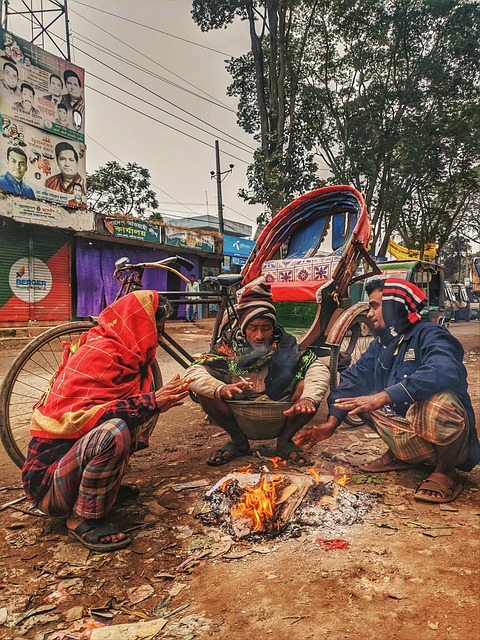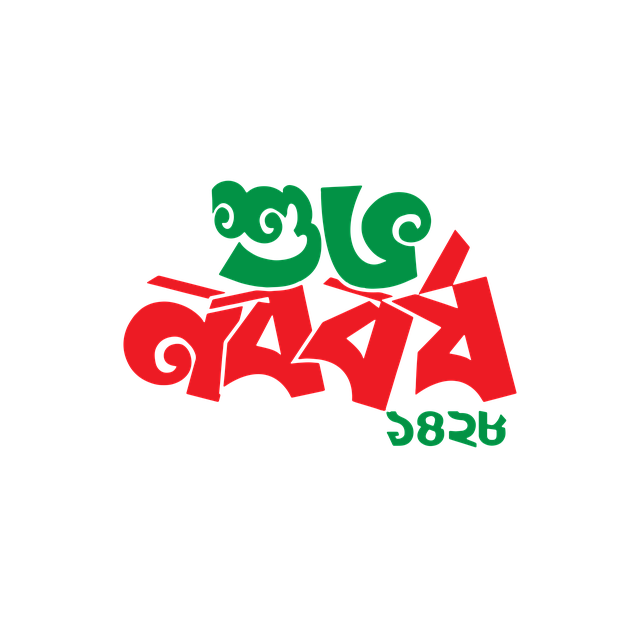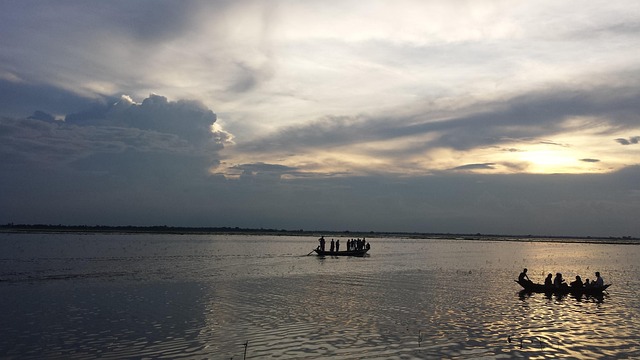The Pakistan-Bangladesh rivalry stems from the 1947 Partition, leading to East Pakistan's (now Bangladesh) marginalization within Pakistan. Historical events like the 1943 Bengal Famine and the Bengali Language Movement fueled tensions. Linguistic and cultural differences, border disputes, and military confrontations, such as over Siachen Glacier, persist, impacting media freedom and social issues like child labor. Despite efforts, mutual grievances remain, reflecting a complex history of conflict and cooperation.
“Unraveling the complex history of Pakistan vs. Bangladesh, this article delves into the origins of a rivalry rooted in partition, famine, and cultural discord. The tale begins with the 1947 division of British India, setting the stage for strained relations. We explore how the Bengal Famine of 1943 exacerbated tensions, and examine language movements that further fueled nationalist sentiments. Border disputes and military confrontations added layers of complexity, shaping the Pakistan-Bangladesh relationship through decades of political turmoil.”
- Origins of the Partition and Its Aftermath
- The Bengal Famine and its Impact on Relations
- Language Movements and Their Role in Tensions
- Border Disputes and Military Confrontations
Origins of the Partition and Its Aftermath

The origins of the Pakistan-Bangladesh conflict can be traced back to the tumultuous event of Partition in 1947, when British India was divided into two independent dominions: Pakistan and India. This division was based on religious lines, creating a predominantly Muslim state (Pakistan) and a predominantly Hindu state (India). The process was chaotic, leading to widespread violence and displacement, with millions of people migrating across newly drawn borders. East Pakistan, later Bangladesh, felt marginalised within the Pakistani state due to cultural differences, economic disparities, and political power imbalances.
The aftermath of Partition left deep wounds, shaping the relationship between Pakistan and Bangladesh for decades to come. Urbanization in both countries has led to shifting demographics and changing societal landscapes, further complicating interactions. Despite these challenges, issues like media freedom have been a point of comparison and sometimes tension. As history unfolds, it is crucial to explore these dynamics at the heart of the Pakistan-Bangladesh conflict, with insights available for all through our comprehensive resources and find us at history of pakistan bangladesh.
The Bengal Famine and its Impact on Relations

The Bengal Famine of 1943 significantly strained the relations between Pakistan and Bangladesh (then East Pakistan), highlighting stark disparities in their economic development. This famine, one of the worst in history, led to widespread food shortages and loss of life, exacerbating existing tensions among the largely rural populations. The lack of adequate resources and relief efforts by the West Pakistani government fueled resentment among Bengalis, who felt abandoned during this crisis.
This event further complicated the already tenuous political atmosphere, setting the stage for future conflicts over resource allocation and governance. As Bangladesh, with its higher human development index ranking compared to Pakistan, continues to grapple with issues like child labor and energy consumption patterns, it is crucial to reflect on historical events that shaped their separate paths. Visit us at politics pakistan vs bangladesh anytime to understand more about these dynamics.
Language Movements and Their Role in Tensions

The history of tensions between Pakistan and Bangladesh is deeply intertwined with language movements, which played a pivotal role in shaping their tumultuous relationship. The creation of Bangladesh in 1971, following its liberation from Pakistan, was sparked by the demand for linguistic autonomy, highlighting the significance of language as a social issue in this region. The Bengali Language Movement, a significant cultural and political event, emphasized the distinct identity and literature of the Bengali-speaking people, who constituted a substantial portion of Pakistan’s population at the time.
This movement led to the adoption of Bengali as an official language in what was then East Pakistan, but it also exacerbated existing divisions between East and West Pakistan. The language issue became a proxy for broader political and cultural grievances, with many Bengalis feeling marginalized within Pakistan. Comparing education systems between Pakistan and Bangladesh reveals stark differences; each country’s curriculum reflects its linguistic and historical narrative, contributing to the pakistan vs. bangladesh debate on national identity and cultural heritage. To find us at political stability comparison, one must consider these social issues that have, in varying degrees, influenced the trajectory of both nations since their separation.
Border Disputes and Military Confrontations

The history of tensions between Pakistan and Bangladesh is deeply intertwined with border disputes and military confrontations. Since their separation in 1971, after a pivotal war that led to Bangladesh’s independence from Pakistan, both nations have grappled with unresolved issues along their shared borders. The most significant controversy revolves around the control of territories like the Siachen Glacier and the Karakoram Pass, which have become focal points of conflict and remain highly militarized zones.
Beyond these territorial disputes, cultural and economic disparities have exacerbated tensions. Art and culture differences between Pakistan and Bangladesh have played a role in shaping mutual perceptions, while issues such as child labor and the distribution of natural resources have added further complexity to their relations. Despite efforts at reconciliation, occasional military standoffs continue to occur, reflecting deep-seated grievances and a history marked by both cooperation and conflict. To gain deeper insights into these dynamics, visit us at geography anytime.
The complex history of Pakistan-Bangladesh conflict, marked by origins stemming from the turbulent Partition, has been further exacerbated by issues like the Bengal Famine, language movements, and border disputes. These factors have driven periodic military confrontations between the two nations. Despite challenges, both countries have evolved, with Bangladesh emerging as a distinct entity and a vibrant nation in its own right. Understanding this history is crucial for navigating ongoing tensions and fostering future cooperation between Pakistan and Bangladesh.
